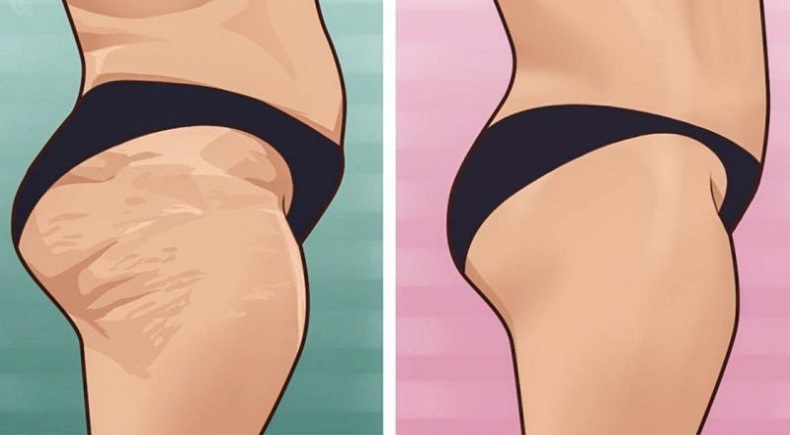While exercise can’t completely eliminate cellulite, research indicates that targeted workouts might help diminish its appearance. Cellulite, a natural occurrence, leads to skin dimpling and unevenness, commonly found around the abdomen, thighs, buttocks, and even arms.
Though cellulite doesn’t pose health risks, many seek to lessen its visibility for cosmetic reasons. In this article, we unveil 8 effective exercises aimed at toning trouble spots where cellulite tends to emerge. These exercises can also contribute to reducing overall body fat, ultimately reducing the prominence of cellulite.
Engaging in Aerobic Exercise: Boost Your Heart Rate and Burn Calories

Aerobic exercise comprises extended periods of physical activity that elevate both heart and breathing rates.
Benefits of Regular Aerobic Workouts: Consistent aerobic exercise, when combined with a balanced diet, plays a significant role in calorie burning and supports weight loss. This weight loss can contribute to reducing the visibility of cellulite.
Common Aerobic Exercises: Several widely practiced aerobic exercises include:
- Walking
- Running
- Cycling
- Swimming
- Jumping rope
Frequency and Caution: Aerobic exercises can be performed daily. However, it’s important to note that certain activities, like running and cycling, carry a potential risk of injury. Always exercise caution while engaging in these activities.
Sculpting Muscles to Combat Cellulite: The Power of Curtsy Lunges
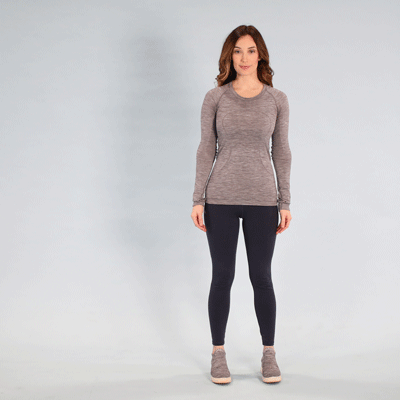
Incorporating exercises that target specific muscle areas can aid in minimizing cellulite. For example, curtsy lunges are excellent for strengthening the gluteus medius, quads, and hamstrings.
How to Perform Curtsy Lunges:
- Begin with your feet shoulder-width apart.
- Execute a curtsy-like motion: bend your left leg and move your right leg diagonally backward, crossing it behind the left leg.
- Pause briefly in this position before using your left foot to return to the starting stance.
- Alternate legs and repeat the process. Completing the move on both sides constitutes 1 repetition.
- Aim for 3 sets of 10 repetitions, with a 1-minute break between sets.
Essential Recovery and Frequency: To optimize the effectiveness of strength-building exercises, adequate recovery time is crucial. Designate recovery days to prevent consecutive exercise days.
Recommended Schedule: Incorporate curtsy lunges into your routine 2–3 times per week for the best results.
Strengthening with Style: Mastering the Lateral Lunge
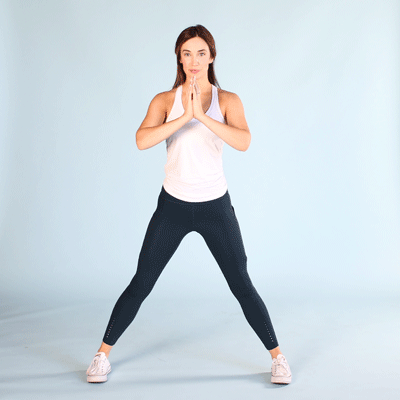
The lateral lunge, also known as the side lunge, offers a potent workout for the gluteus, quads, and hamstrings.
Steps for Executing Lateral Lunges:
- Begin with feet shoulder-width apart and arms at your sides.
- Sidestep with your right leg, keeping the left leg extended, and bend the right knee to descend into a squat on the right side.
- Keep your chest lifted to ensure equilibrium.
- Propel yourself upward with the right leg, returning to the initial position.
Reps and Frequency: Complete 12 repetitions on each side for optimal results.
Recommended Schedule: To make the most of lateral lunges, aim to incorporate them into your regimen 2–3 times weekly.
Elevate Your Workout with Step-Ups and Reverse Lunges
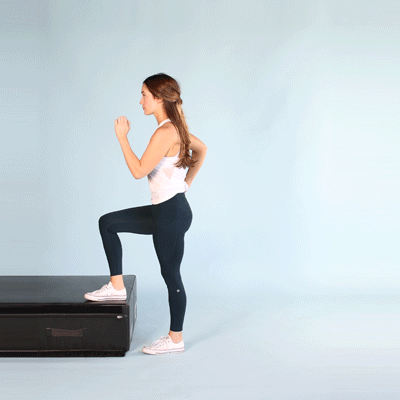
This exercise is a targeted powerhouse for your glutes, quads, and hamstrings. All you need is a low bench or a slightly raised surface.
How to Execute Step-Ups with Reverse Lunges:
- Stand about 1–2 feet away from the bench.
- Step onto the bench with your right foot, simultaneously lifting your left knee.
- Lower your left leg and step back down to the starting position.
- As your left leg touches the ground, lunge backward with your right leg.
- Return to the starting position.
Sets, Reps, and Rest: Complete 3 sets of 10 reps on each leg. Rest for 1 minute between sets.
Recommended Workout Frequency: Integrate this exercise into your routine 2–3 times a week for optimum results.
Activate Your Glutes with Glute Bridges

Glute bridges are a fantastic way to engage your glutes without straining your lower back.
How to Do Glute Bridges:
- Lie on the floor with your knees bent and shins vertical. Keep your arms by your sides with palms facing down.
- Push through your heels to lift your hips off the ground, creating a straight line from your upper back to your knees.
- Hold this position briefly, focusing on engaging your core.
- Lower back to the starting position.
Sets, Reps, and Rest: Complete 3 sets of 15–20 reps, resting for 1 minute between sets.
Advanced Variation: For an extra challenge, extend one leg straight out, using only one leg to lift your hips.
Workout Frequency: Include glute bridges in your routine 2–3 times a week to build strength and tone your glutes effectively.
Sculpt Your Legs with Split Squats
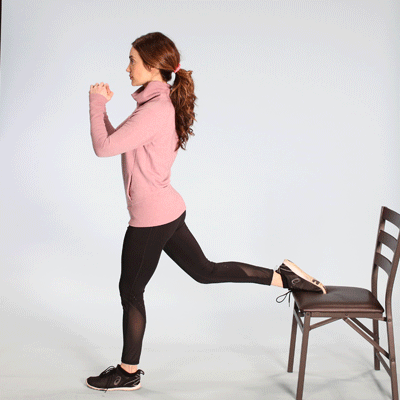
The split squat, also known as the Bulgarian split squat, is a great exercise for targeting your quads, hamstrings, and glutes.
How to Do Split Squats:
- Stand next to a bench, facing away from it.
- Place your right foot about a lunge-length away from the bench and rest the top of your left foot on the bench behind you.
- Lower into a lunge with your right knee bent at 90 degrees and your left knee close to the ground.
- Push primarily through your right foot to return to the starting position.
Sets, Reps, and Rest: Complete 12 reps on each leg.
Adding Resistance: For an added challenge, hold a dumbbell in each hand while performing this exercise.
Workout Frequency: Include split squats in your routine 2–3 times a week to effectively work your leg muscles and enhance their tone.
Boost Upper Body Strength with Pushups
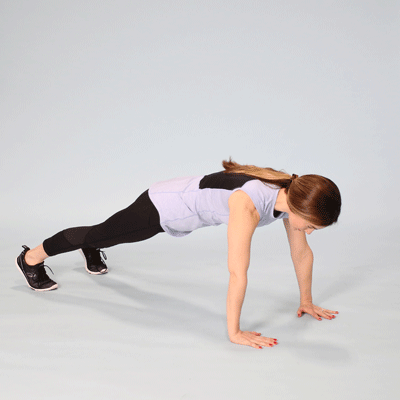
Pushups are a versatile and equipment-free exercise that primarily targets the chest, shoulders, and triceps.
How to Do Pushups:
- Begin in a plank position, with your palms on the floor shoulder-width apart, arms straight, and toes together.
- Lower your body towards the floor by bending your elbows, keeping your body in a straight line.
- Pause briefly when your chest or chin is about 1–2 inches from the floor.
- Push back up to the starting position.
Sets, Reps, and Rest: Complete 3 sets of 5–10 reps, resting for 1 minute between sets.
Modified Version: For those finding standard pushups challenging, modify by keeping your knees on the floor, engaging your core throughout the movement.
Workout Frequency: Include pushups in your routine 2–3 times a week to enhance upper body strength and tone your muscles effectively.
Strengthen Your Upper Body with Dumbbell Rows
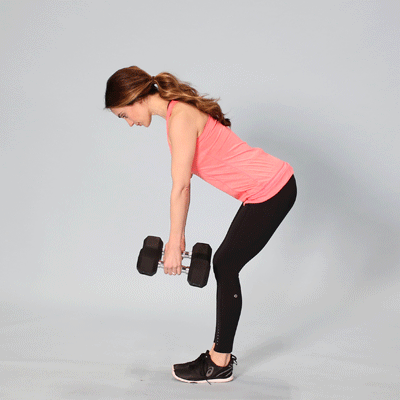
Dumbbell rows are a fantastic exercise for targeting the biceps while also building strength in the shoulders and lats.
How to Do Dumbbell Rows:
- Maintain a straight back and stand with slightly bent knees, slightly leaning forward from the hips.
- Hold a dumbbell in each hand with arms straight and wrists facing each other.
- Pull both dumbbells toward your ribs, pausing briefly when your elbows are bent and arms are parallel to your torso.
- Return your arms to the starting position.
Sets, Reps, and Rest: Complete 3 sets of 8–10 reps, resting for 1 minute between sets.
Workout Frequency: Incorporate dumbbell rows into your routine 2–3 times a week to enhance your upper body strength and target multiple muscle groups effectively.
How long does it take to reduce cellulite?
Cellulite is a common cosmetic condition that most often affects females.
One article notes that about 85%Trusted Source of women over the age of 20 years may have cellulite.
It can be difficult to reduce cellulite. In fact, researchTrusted Source suggests that no long-term treatments are effective.
For this reason, exercise may be the best option for those looking to reduce the appearance of cellulite.
There is little scientific data about the amount of time that it takes to get rid of cellulite. However, exercise offers many benefits, so there is no reason for a person not to try using it as a long-term measure to reduce cellulite, unless their doctor advises against it.
Summary
Regular exercise may help reduce cellulite, though there is no guarantee that it will be effective.
Even if exercises do not successfully reduce cellulite, regular vigorous exercise may benefit both body composition and mood. As a result, it may help a person feel more confident about their body.
It is important to exercise in a safe manner to avoid injury.
Anyone concerned about potential injuries should consult a doctor before beginning a new exercise program.

